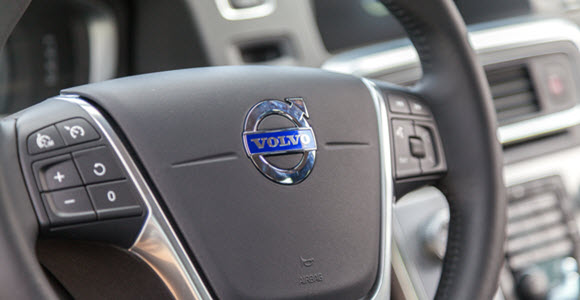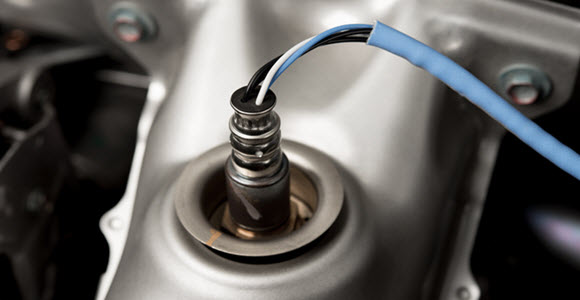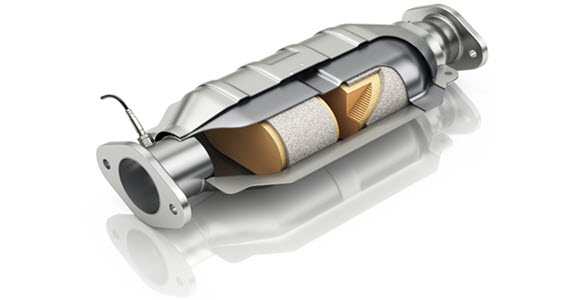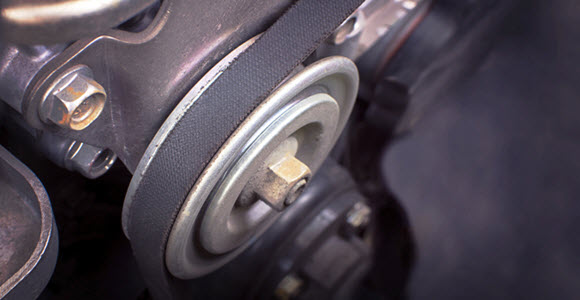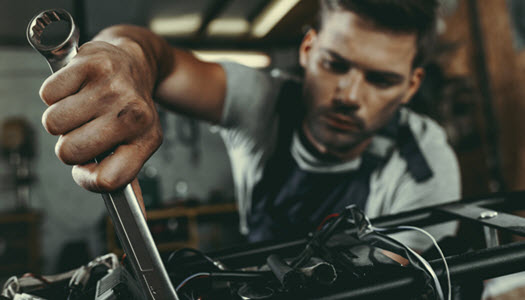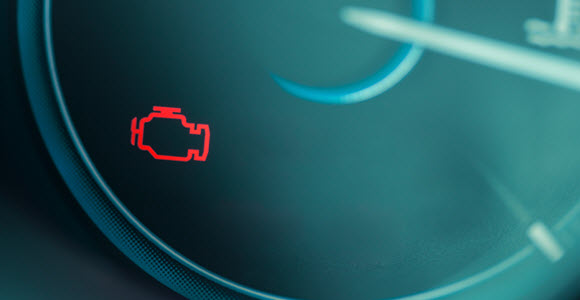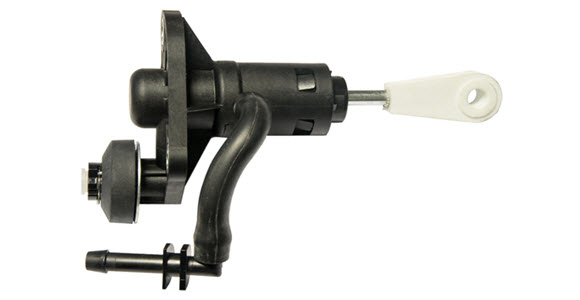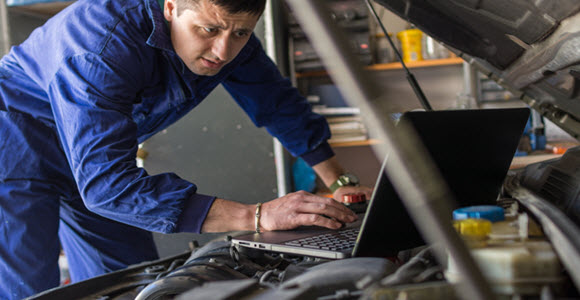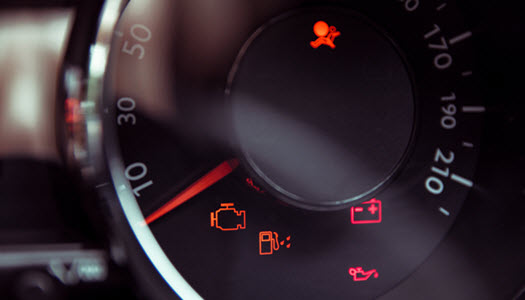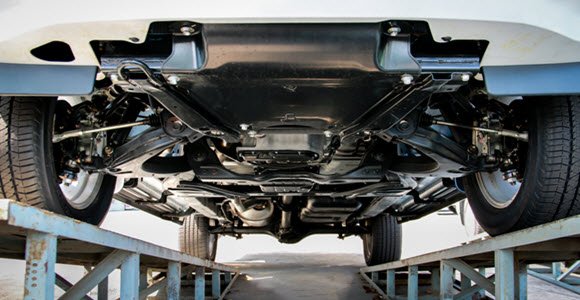How to Deal With a Transfer Case Failure in Volvo
Posted on | 7 Aug 2018 By Anita Gaal
For many years, Volvo has been making cars that are four wheel and all wheel drive. Four wheel and all wheel drive allows the car to successfully maneuver through rough terrain such as dirt, gravel, and snow. Due to this capability, along with a sense of style, Volvos are being chosen more and more as a go to car to drive in areas where all wheel drive is necessary.
For a Volvo to have the four wheel and all wheel drive capability, it requires a transfer case. If the transfer case is failing then this means that the vehicle is no longer functioning in the all wheel drive mode. This can prove to be very dangerous if it goes unrepaired. One example would be if it has begun to snow and your Volvo needs to be in four wheel or all wheel drive in order to maneuver through the streets that will soon be covered in snow. As I’m sure you can imagine, this can get dangerous very quickly. Knowing the symptoms for a transfer case failure and how to deal with it in your Volvo will ultimately keep you and others safe.
What is a Transfer Case
A transfer case is the component that is going to send the power from the engine through the axels to each of the four wheels. Depending on what model of Volvo you own, there are three to four drive modes, and for each of these modes they will have different transfer cases. The first is that the car will be in all wheel drive at all times. The second is part-time four wheel drive. This means that you have the ability to go from two wheel drive to four wheel drive when you need to. This is beneficial for those who drive mainly on paved roads and rarely go through extreme elements.
The third and newest mode is active all wheel drive. This will have the most complicated transfer case system, because the car has to decide when to switch automatically into all wheel drive mode. Going into all wheel drive mode will be brief and it depends on the type of terrain you are driving on at that exact moment.
Symptoms of a Transfer Case Failure
There are a couple different ways you will be able to tell if your Volvo is experiencing a transfer case failure. Knowing them ahead of time will allow you to recognize them if they were to occur.
Grinding Noises Underneath Car
Like most parts in your Volvo, in order for the transfer case to work properly there needs to be fluid or lubricants involved. The lubricants will keep the transfer case functioning the way it needs to be as smoothly as possible. If there is a lack of fluids running through the transfer case, then as it attempts to work there will be a lot of grinding occurring. If your Volvo starts making any type of metal-to-metal grinding noises, then you know to take it in immediately.
Volvo Jumps In and Out of Four Wheel Drive
If your Volvo automatically goes into four wheel drive or if you control when it does, a failing transfer case will mean that the car will not be able to follow this four wheel drive command. The car will jump in and out of the four wheel drive mode seemingly at random. This could be due to a possible lack of fluids in the transfer case. The lack of fluids may be caused by a leak that will have to be addressed. Broken pieces in the transfer cases can also cause this problem.

The Professionals Who Care
Once you notice either one or both of these signs of a transfer case failure in your Volvo, bring it down to Euro Automotive so we can properly address the issue. Our technicians are certified in handling the most complex issues so you know that we will be able to effectively repair a transfer case that is failing. We want to keep you safe in all terrains that you are travelling on with your Volvo.
We are located in Dallas TX, and are easily accessible from Fort Worth, Garland, and Arlington. Whether you need repairs or standard maintenance, bring your Volvo in to our experts at Euro Automotive so we can help you get back on the road.
* Volvo Steering Wheel image credit goes to: huettenhoelscher.
* Volvo XC60 R-Design image credit goes to: gargantiopa.





